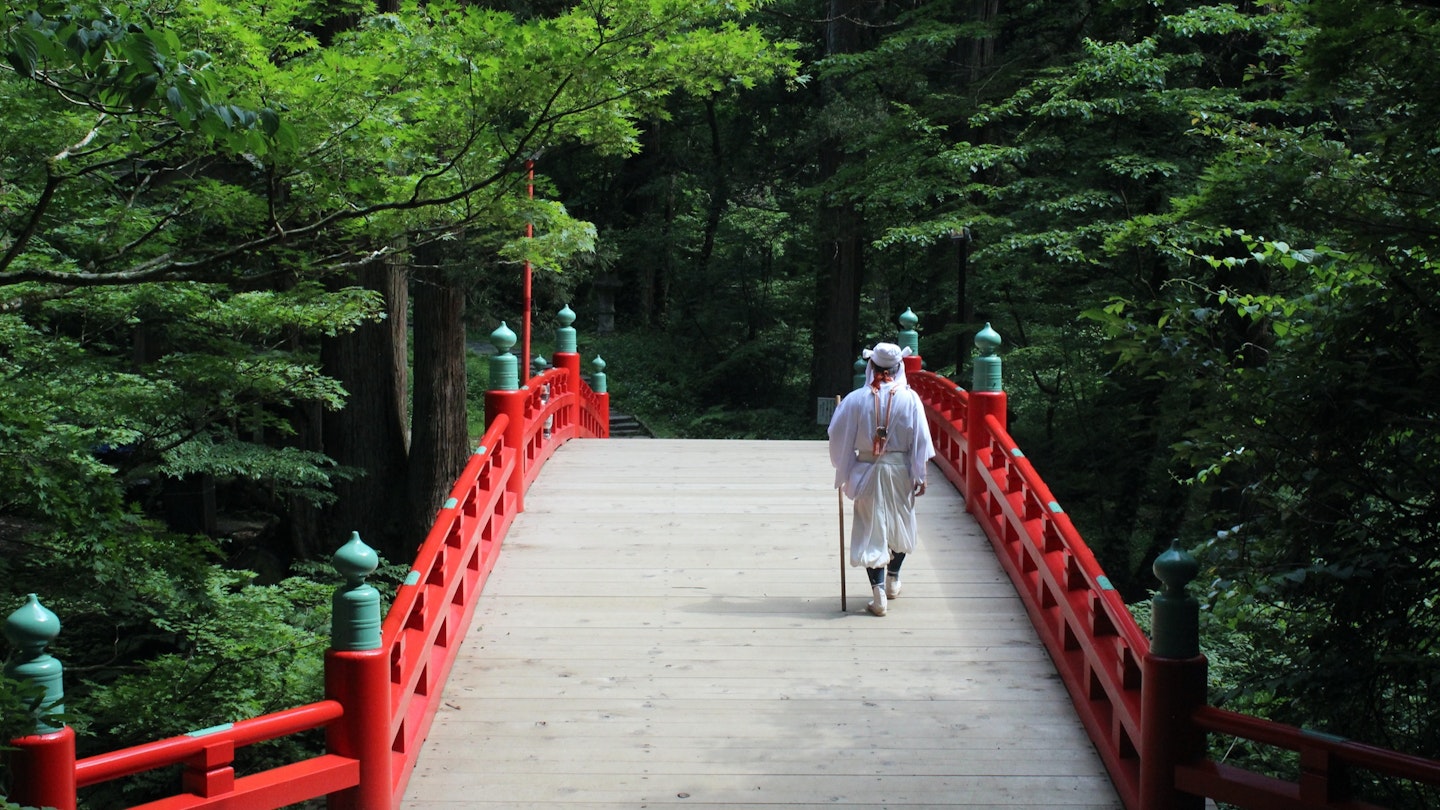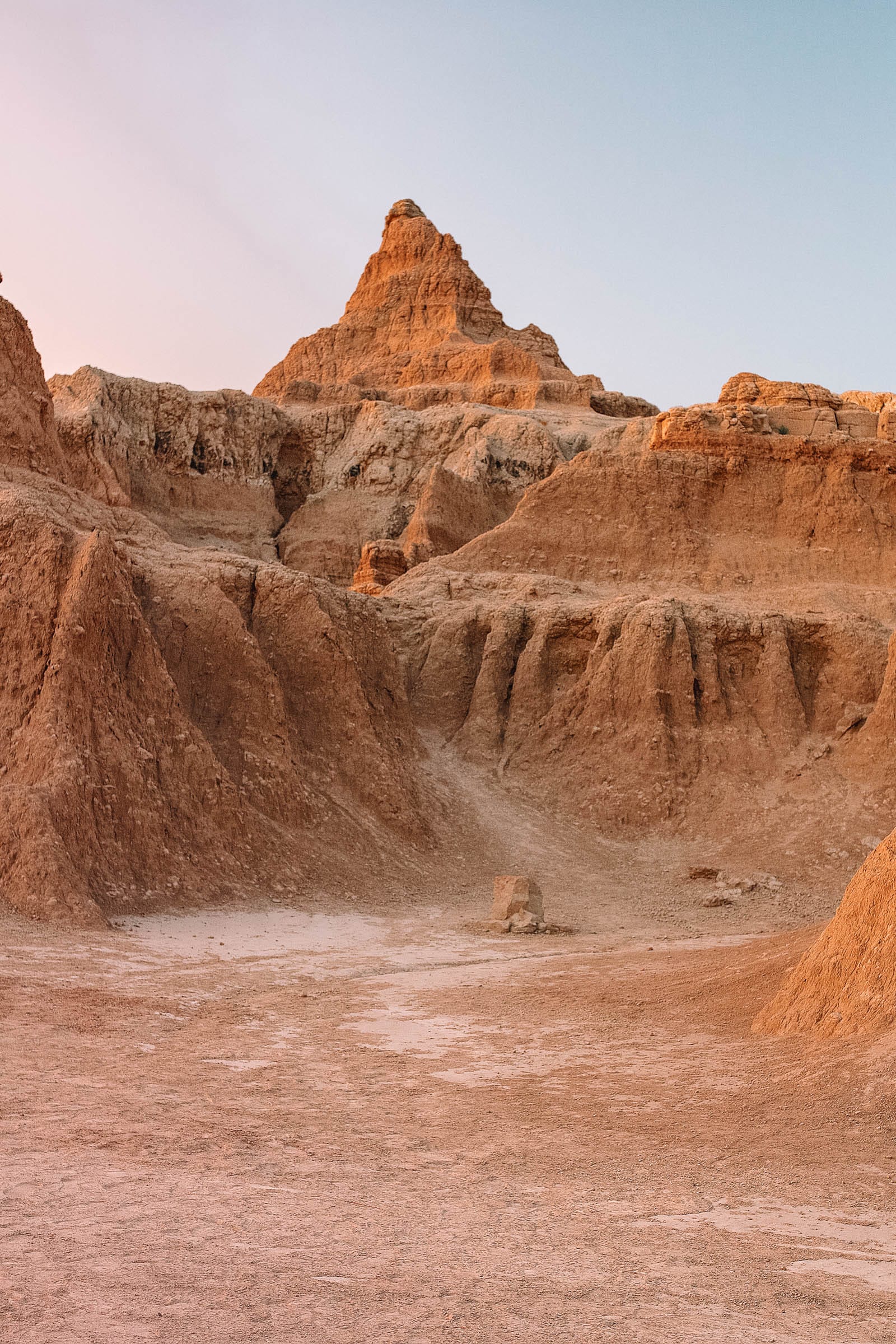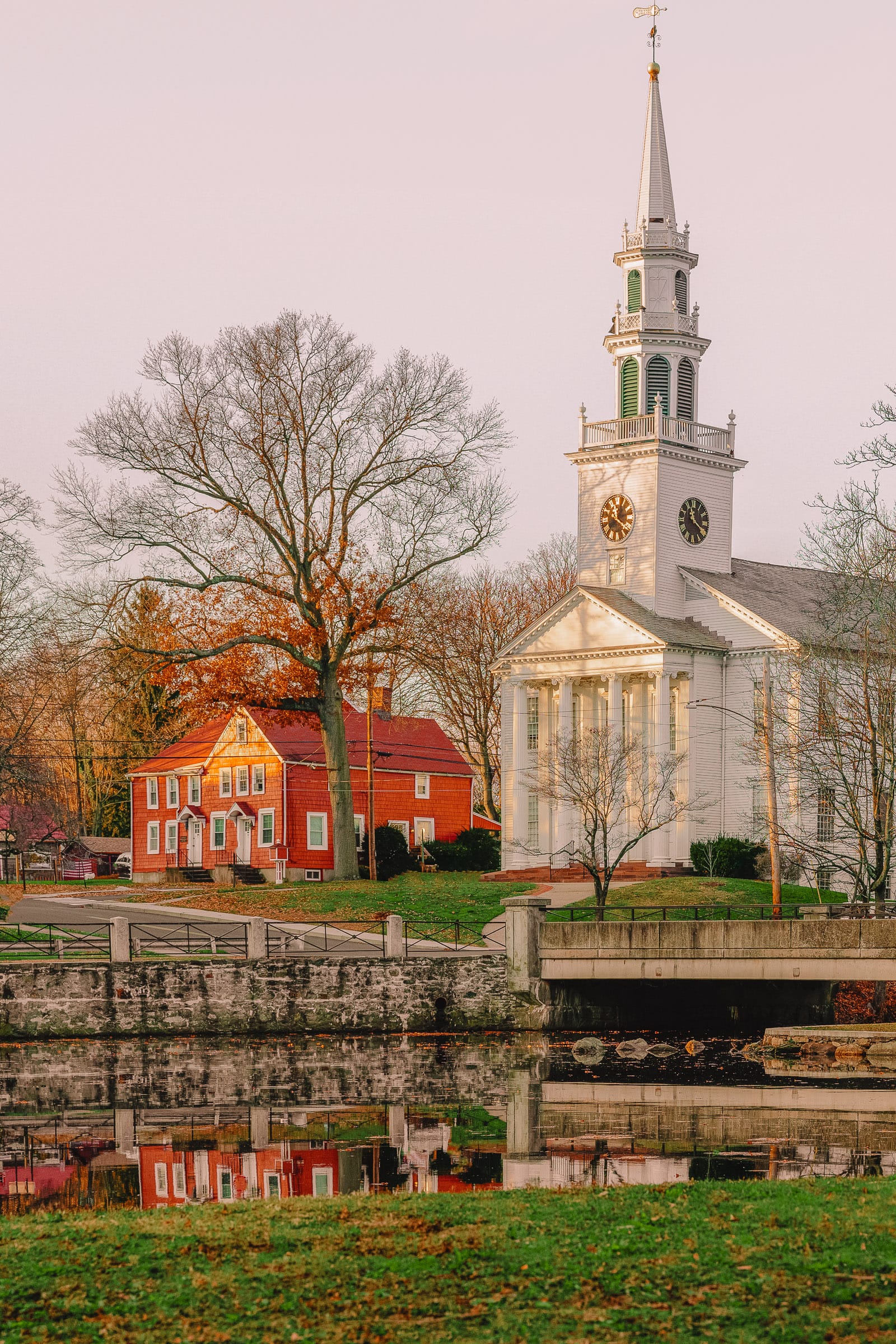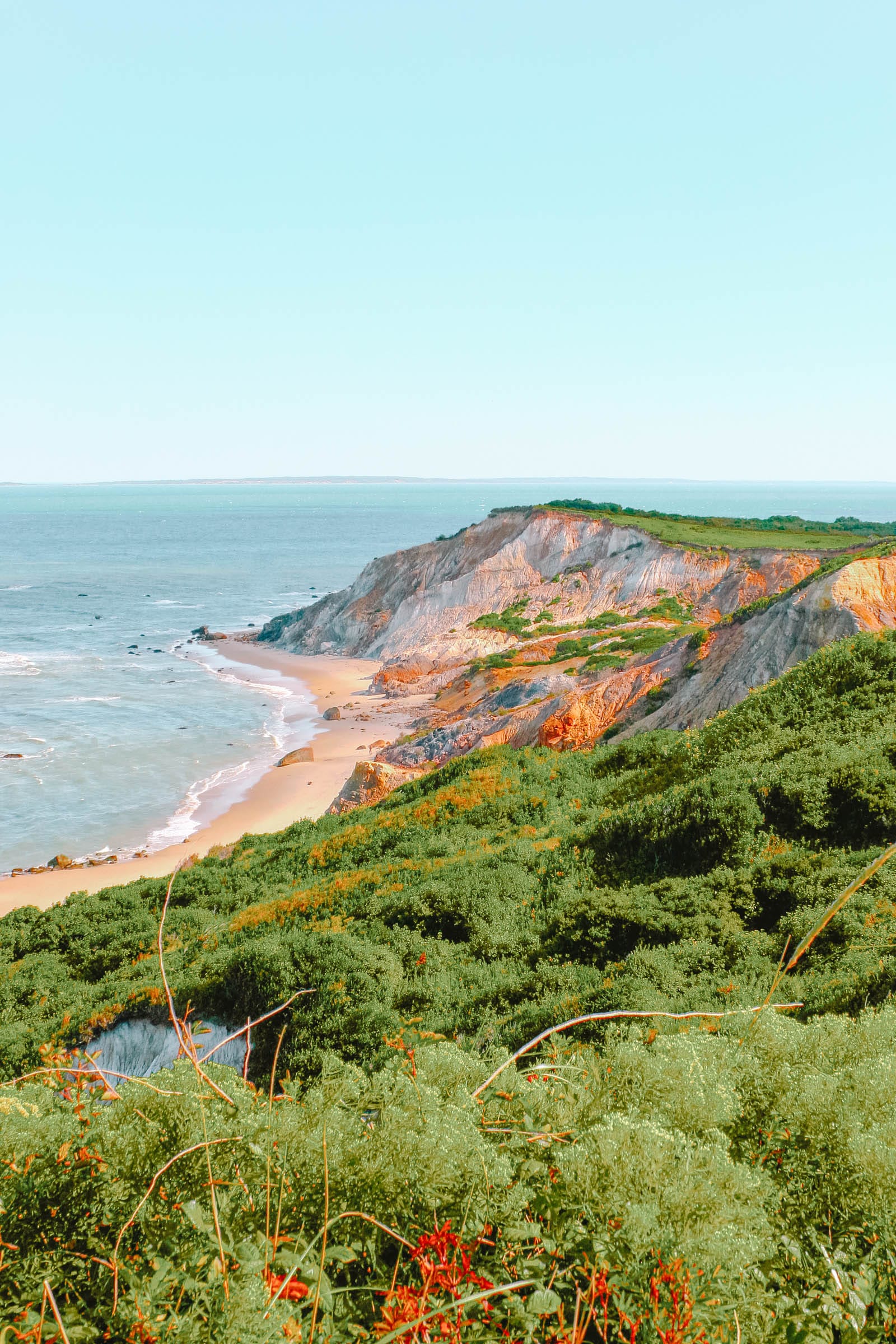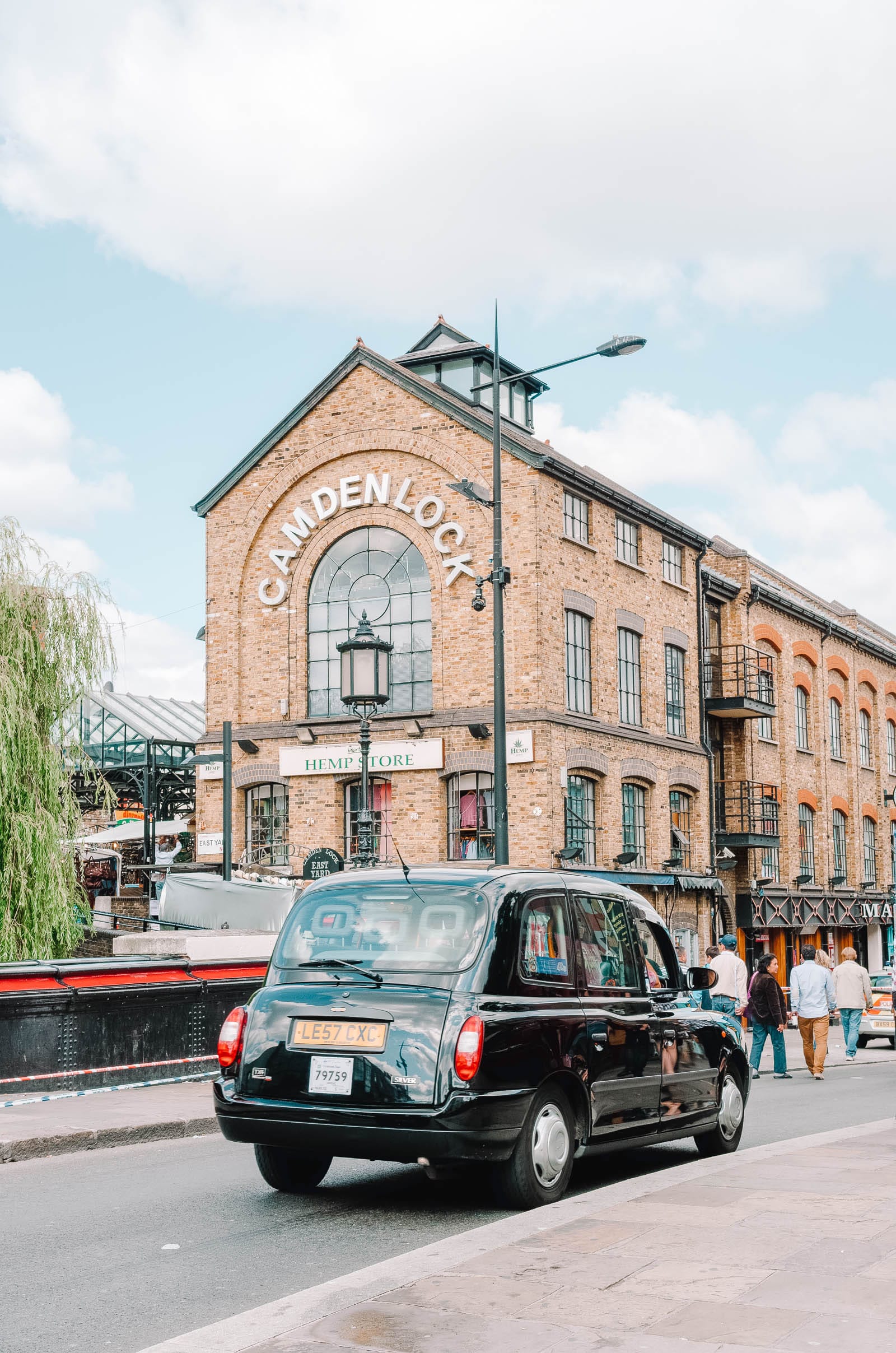Three-Day Itinerary for Bandai-Asahi National Park
Bandai-Asahi National Park, which spans Yamagata, Fukushima and Niigata Prefectures in northern Japan, boasts a rich tapestry of traditional Japanese culture. From the yamabushi (mountain monks) of the syncretic Japanese religion, Shugendo, to the captivating art of bonsai, Bandai-Asahi offers delightful experiences at every turn. This comprehensive itinerary outlines how to explore the cultural wonders of Bandai-Asahi National Park.
Day 1 – Morning
Kick off your journey in Fukushima City, about a 90-minute Shinkansen (bullet train) ride from Tokyo Station. At the foot of the Azuma Mountain Range west of Fukushima, you’ll discover Bonsai Abe, a classic Japanese home surrounded by a garden of miniature pine trees known as Azuma Goyomatsu. This enchanting setting will make you feel like a giant wandering through a forest.
Third-generation artisan Daiki Abe forages seeds of the Azuma Goyomatsu pines from the nearby mountains, painstakingly cultivating them into the beautiful bonsai that populate the property. During your visit, you can experience a bonsai workshop and enjoy a light meal of sticky rice with kinako (soybean flour) and fresh seasonal fruit accompanied by Japanese pickles.
During the workshop, you’ll delve into the history of Abe’s unique bonsai cultivation method, which aims to preserve the trees’ connection to nature. Each bonsai is crafted to resemble trees that have thrived in the surrounding mountains, bearing the scars of extreme weather and erosion, symbolizing resilience in nature.
Day 1 – Afternoon
Following your bonsai experience, head to Lake Inawashiro, also known as “Heavenly Mirror Lake,” which is the largest body of water in Bandai-Asahi National Park. The train journey from Fukushima Station to Inawashiro Station via Koriyama will take about 90 minutes.
Lake Inawashiro, formed between 40,000-90,000 years ago, offers breathtaking views of Mt. Bandai, which erupted violently in 1888. Its cool waters make it a popular destination for swimming during the hot summer months, and you can rent swan-shaped pedalos from the Shidahama Beach area. For cycling enthusiasts, renting a bicycle to ride around the lake is an excellent option, with a scenic 37-mile route hugging the shoreline.
Day 1 – Evening
From the lake, take a 30-minute train ride to Aizu-Wakamatsu, a historic samurai stronghold and the site of the fierce 19th-century Battle of Aizu. During your visit, explore Aizu Tsuruga Castle, a multi-tiered structure originally constructed in the 1300s. Adjacent to the castle is the Fukushima museum, showcasing ancient artifacts.
While in Aizu-Wakamatsu, stroll along the Nanoka-machi-dori old town quarter, where wood-latticed shops offer exquisite traditional Japanese crafts. Afterward, indulge in marbled Aizu wagyu beef for dinner. Options like La Raison serve European-style beef, while Gyu Zou caters to those preferring traditional Japanese cuisine.
For accommodation, you can find various business hotels or experience a stay in ryokan (traditional inns) located in the Higashiyama onsen (hot spring) district, such as Shosuke no Yado Takinoyu, which includes breakfast and dinner.
Day 2 – Morning
Return to Inawashiro Station via train, and then take a bus to Bandaikogen in the Bandai Highlands (approximately 40 minutes). Enjoy a leisurely stroll around Goshikinuma, a marshland where each body of water displays its own unique character, from mirror-like lakes to vividly colored ponds.
If you’re feeling adventurous, consider tackling the approximately 20-mile track known as ‘Hibaichi,’ which encircles the expansive Lake Hibara. While bringing a packed lunch is ideal, you will find an Italian restaurant called Il Regalo near the Urabandai Visitor Center, as well as a rest house, Urabandai-bussankan, serving basic Japanese fares and local specialties along the west side of the Goshikinuma nature trail.
Day 2 – Afternoon
After your hike, retrace your steps to Koriyama via Inawashiro Station (around one hour and 40 minutes). If time permits, take a stroll around the vibrant city of Koriyama, Fukushima’s second-largest city, and visit the beautiful temple and landscape garden of Nyohou-ji. For culinary enthusiasts, Koriyama offers exceptional options; enjoy carp sashimi at Shogatsuso or indulge in Wagyu barbecue at Moumoutei.
As evening approaches, hop back on the train to your final destination for the day: Yonezawa in Yamagata Prefecture, renowned for its hot springs, traditional ryokan, and exquisite nihonshu (sake). To reach Yonezawa Station, take a train, then switch to a bus for Shirabu Onsen (total travel time is around 90 minutes).
Day 2 – Evening
Unwind in a more-than-700-year-old hot spring at Shirabu Onsen Nakaya Bekkan Fudokaku, a mountainside ryokan run by the 27th generation of the family. Relish a kaiseki ryori (traditional cuisine) dinner featuring seasonal sashimi, locally sourced vegetables, and the signature Yonezawa beef, along with a traditional Japanese rice-and-fish breakfast with green tea the following morning.
Day 3 – Morning and Afternoon
On the third day, embark early, or consider renting a car for convenience, with the aid of a translator or English-speaking guide. The journey to the Ideha Cultural Museum at the foot of Mt. Haguro takes around five hours on public transport, or approximately two and a half hours by car.
Once at the museum, explore historical artifacts and artistic centerpieces that illuminate the sacred history of Mt. Haguro. After absorbing the exhibits, take a spiritual walk in the footsteps of the Shugendo yamabushi (ascetic hermits) led by a practitioner of this 1,400-year-old sect. Don traditional all-white yamabushi attire as you follow your guide up the 2,446 stone steps of Mt. Haguro, the smallest of the Dewa Sanzan, making it accessible year-round.
No matter when you visit, the cedar-lined trail is enchanting—whether lush with summer moss or cloaked in winter snow. It features a five-storied pagoda, a mountain-top shrine with a sweeping thatched roof, and miniature jizo statues along the path, providing a scenic and meditative experience.
If hunger strikes, several traditional chaya (tea houses) along the mountain trail serve freshly made matcha and wagashi (traditional Japanese sweets), favored by traveling pilgrims. Conclude your spiritual journey with a zazen meditation session guided by the ascetic hermits amidst the tranquil ambiance of a rock garden, enhanced by the sounds of sighing trees and croaking frogs.
Day 3 – Evening
In the evening, head to Hagurokan, located just a ten-minute walk from the Ideha Cultural Museum. This historic Japanese inn lies in the heart of the Dewa Sanzan region and has served as a welcoming haven for pilgrims to Mt. Haguro-san for centuries. Embrace the traditional theme with minimalist tatami interiors, and enjoy a dinner and breakfast plan featuring locally sourced ingredients.
For further details, visit Bandai-Asahi National Park on the National Parks of Japan website.
